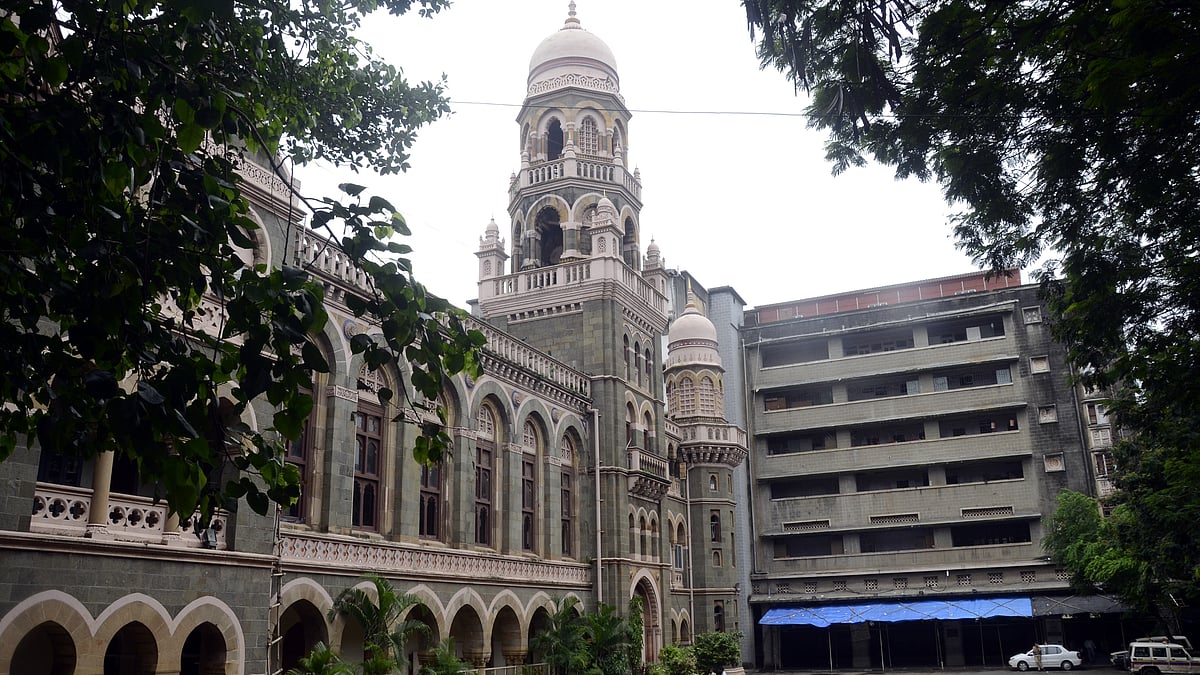If Mumbai Metro 3 Aqua Line reaches its projected ridership of 1.56 million passengers daily, the shift from on-road vehicle usage to metro will result in a net reduction of 155 tonnes of carbon dioxide (CO2) per day, along with daily savings of 3871 kg of carbon monoxide (CO), 2526 kg of hydrocarbons (HC), 133 kg of nitrogen oxides (NOx), and 82 kg of particulate matter (PM), thereby decreasing the environmental and health burden in Mumbai, a recent study shows.
Ridership Below 1.1 Million Cancel Out Gains: Study
The study by professors from the Department of Environmental Science and Engineering, IIT Bombay and the Engineering Department of Manipal Institute of Technology, which assesses climate and local air quality impacts, also says that, “If the daily metro ridership drops below 1.1 million, the emissions avoided because of the shift from other modes will be lower than the emissions of metro operation. The true climate and air quality benefits of the metro system are maximised when it is coupled with a renewable power supply. Furthermore, the regional transport authorities should have targeted strategies to shift passengers away from high-emission vehicle modes.”
Aqua Line’s Early Numbers Show Gradual Growth
The 33.5 km-long underground metro rail system in Mumbai, with 27 stations, began its full operations in October. The average weekday ridership in October was 1,41,024; and the total from October 1 to 31 was 38,63,741. The Aqua Line, which connects the western suburbs to south Mumbai, is gradually getting popular and seeing an increase in daily ridership.
Autorickshaws, Two-Wheelers Contribute Most to Avoided Emissions
The study further says that the modal shift from conventional on-road transport to an electrified underground metro system presents a substantial opportunity for mitigating urban emissions in Mumbai. However, the benefits are highly sensitive to energy mix and ridership levels. The results showed that the autorickshaws account for only 9% of the shift, yet they contribute 19–47% of avoided emissions. Similarly, the mode shift from two-wheelers reduces 12–48% of avoided emissions, despite their 20% share in the mode shift. The greatest emission reductions occur from replacing high-frequency, low-occupancy, and poorly regulated vehicle modes. Furthermore, the buses contribute significantly to CO2, HC, and NOx reductions.
Metro Effective, But PM & NOx Still Require Targeted Strategy
The findings highlight that while the metro achieves significant emission reductions for CO2, CO, and HC, targeted strategies are needed to address PM and NOx emissions to maximise its environmental benefits, and authorities should strategise to shift passengers away from high-emission vehicle modes of transport.
The FPJ could not reach the MMRCL managing director and its spokesperson for a comment.



.webp)



